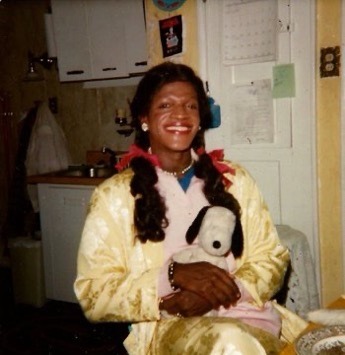Sasha. They/them. Kanien'kehá:ka/ Wahta Mohawk. Costume Creator & Designer. A 19th century revolutionary at heart.
Don't wanna be here? Send us removal request.
Text





Dress
c. 1811-1814
London Museum
1K notes
·
View notes
Text



“Zoya of the lost city.
Zoya of the garden.
Zoya bleeding in the snow.
You are strong enough to survive the fall.”
— King of Scars by Leigh Bardugo
~
Cosplay Portrayal & Kefta made by @sashadechagny
Photo by Alexandra Lee Studios
Character from Shadow & Bone by Leigh Bardugo; portrayed by Sujaya Dasgupta
Costume Design for Shadow & Bone on Netflix by Wendy Partridge
#grishaverse#zoya nazyalensky#shadow and bone#grisha trilogy#nikolai duology#cosplay by sasha#also: don’t wear wool in the summer kids#I was melting#thank you all so much for the love on my kefta post
39 notes
·
View notes
Photo
Casually rebloggjng this because this was one of the hardest photoshoots we have done — for so many reasons:
1. It was done in my parent’s backyard in the suburbs
2. It was shot in the middle of the day
3. We had no access to photoshop, which meant hours and hours of good old fashioned editing pixel by pixel and tons of shading and highlighting to ensure the vibes were right
4. It was a series of five different posts which meant I repeated the process for hours and hours to ensure it was done in time…
But OMG I’m so proud of this despite it all and I’ve come so far in my costuming and creative journey, that I’m proud of past me for churning something as ambitious as this out!





“Blow up the barricade!” said a sergeant, “and yourself with it!” Marius retorted: “And myself also.” And he dropped the torch towards the barrel of powder. But there was no longer anyone on the barrier. The assailants, abandoning their dead and wounded, flowed back pell-mell and in disorder towards the extremity of the street, and there were again lost in the night. It was a headlong flight. The barricade was free. [..] Marius inquired:—"Where is the chief?“ ”You are the chief!“ said Enjolras.” – Les Miserables
–
Marius | Enjolras
The Barricade Project, Part I [Part II] [Part III] [Part IV] [Part V]
475 notes
·
View notes
Text
The Cisgender, Heterosexual Cross-Dressers of the Victorian Era
(NOTE: This post was deleted and then re-edited because GASP I fell for some misinformation I found online. A lot of photos of "cross-dressing Victorians" that are common on social media are photoshop works that originate from one specific gender reversal fetish blog. So that's something else you have to look out for when research queer history online. I knew this blog existed and I still ended up posting some of its fake history. Forgive me.)
Victorians absolutely loved cross-dressing as a gag.

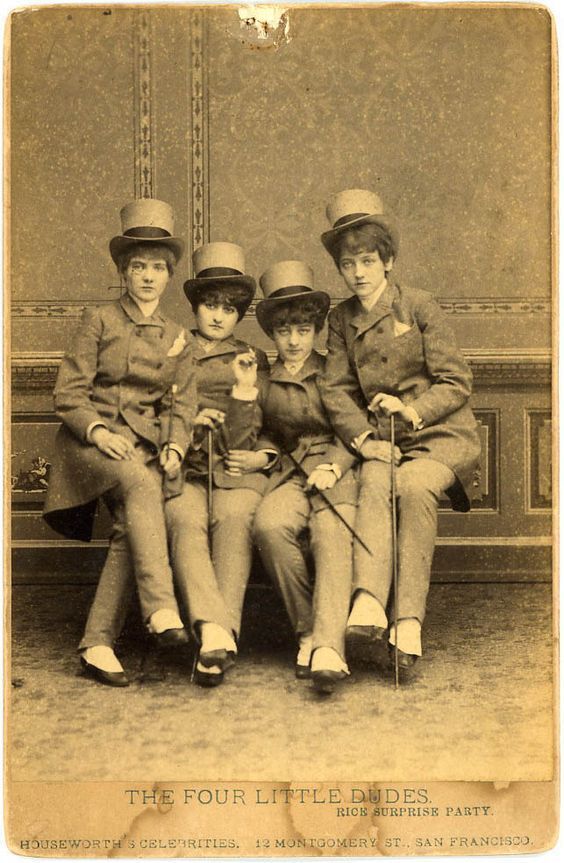
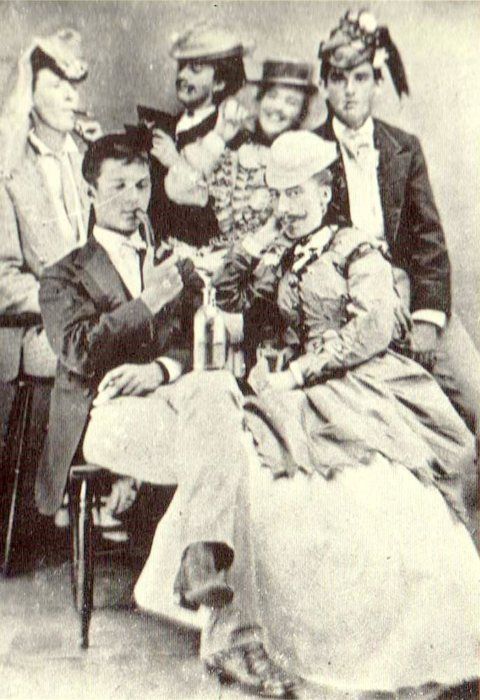





But none of it was considered queer. Because it was considered fun and not subversive or perverse, it was carried on in public by heterosexuals without any fear or hatred.
More than anything else, drag flourished as a comedy act on the vaudeville circuit. Many of the biggest names in entertainment were opposite-sex impersonators.

Julian Eltinge (who I will get back to later)
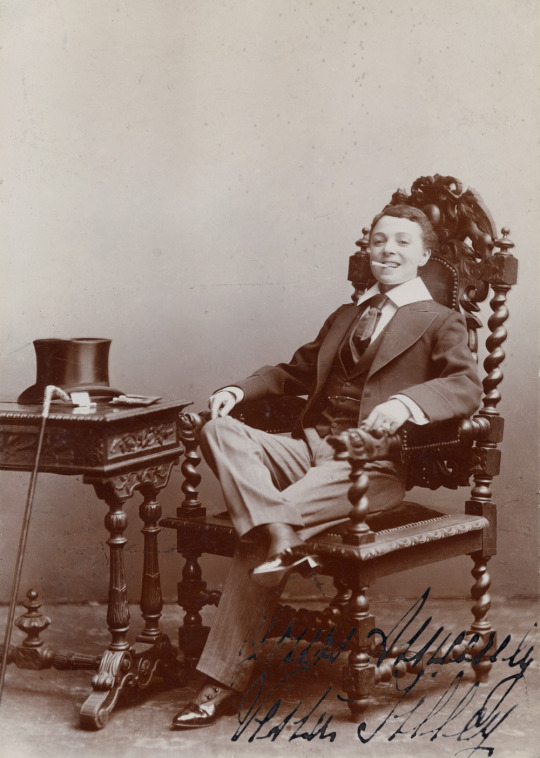
Vesta Tilley

John Lind

Bessie Bonehill
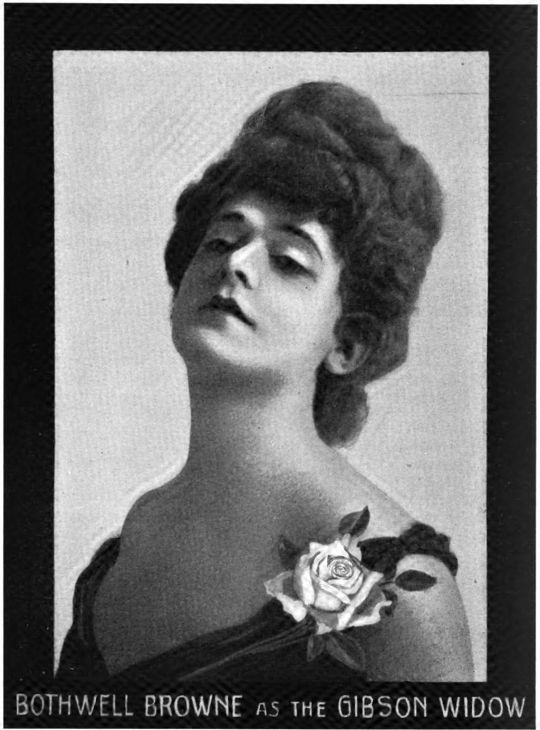
Bothwell Browne
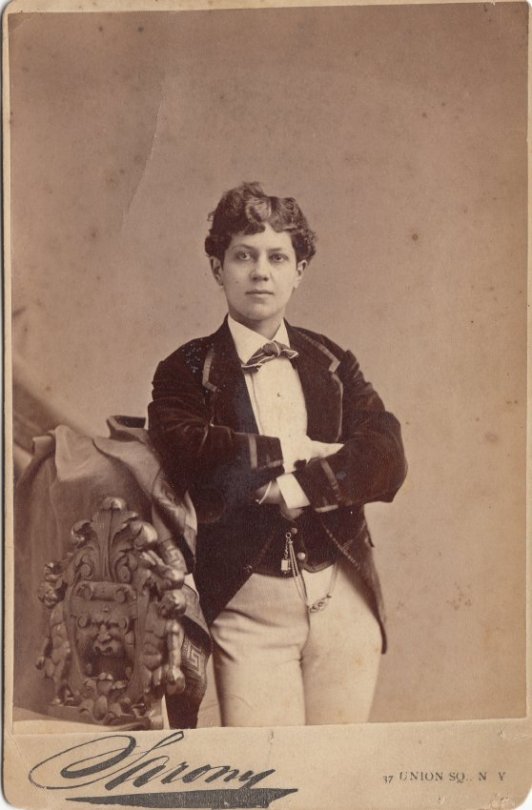
Ella Wesner
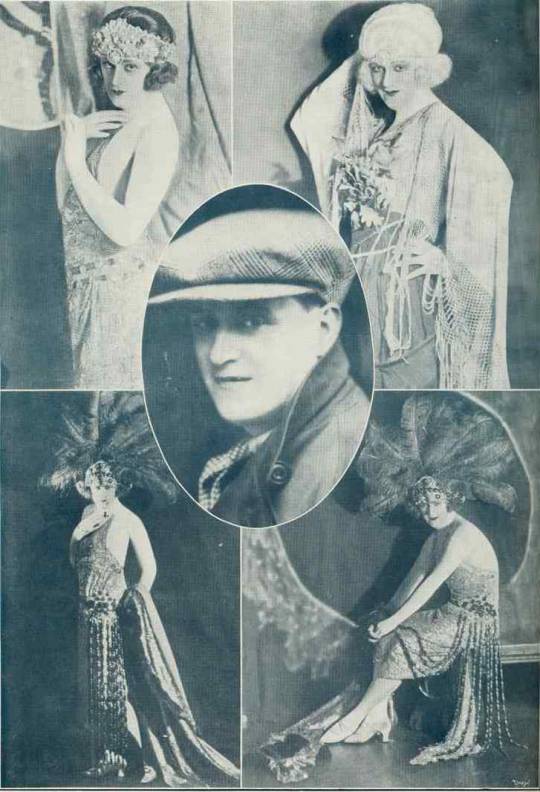
Bert Errol
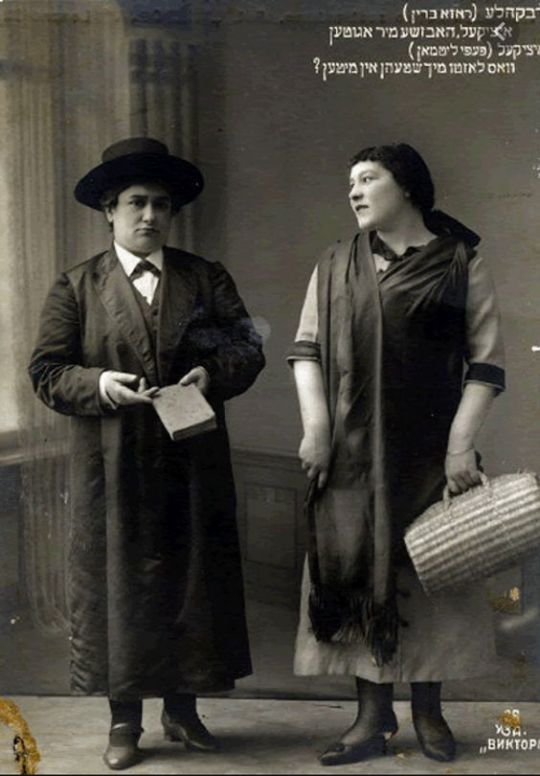
Pepi Littman (left)
At this point in time, drag was more closely associated with comedy than it was with queerness. It was generally considered a somewhat low art, but it was nonetheless immensely popular with the entertainment-seeking masses. Acts usually poked fun at the gender roles and stereotypes of the day, and could even be quite bawdy.
While undoubtedly many queer people engaged in this popular act, drag was not seen as inherently queer. In fact, the term "drag queen/king" wasn't popularly used outside of the theater world until the 1970s. Until then, the act, and people we'd call "trans" today, were referred to as "female/male impersonators."
Even though drag wasn't yet associated with queerness, a few notable queer people did manage to express themselves through the art of drag.
1K notes
·
View notes
Text

SCREAMING CRYING THROWING UP
(Photo of James Gant and Jess Micheore by my_photography_journal_ on Insta)
259 notes
·
View notes
Photo



Evening dress ca. 1897
From Whitaker Auctions
2K notes
·
View notes
Photo


Robe à la Française, c. 1760-1765
from the Staatliche Museen zu Berlin
286 notes
·
View notes
Text






Squaller Kefta — Inspired by those as seen in Shadow & Bone on Netflix
Made by @sashadechagny
This costume’s close up shots & full work breakdown has been a long time coming… about 3 years in fact… ever since the first season of Shadow & Bone was released, I’ve dreamed about making a kefta, one with the goldwork all done by hand like I saw in the show and fell in love with.
Photos of me wearing this are coming as I update this Tumblr with my newer projects but I definitely wanted to make a “Kefta By The Numbers” post first because wow, I definitely didn’t see it adding up like it did…
In total the kefta took:
85 hours of pattern development for creating my own custom embroidery patterns based off of the screenshots available to me online.
42 hours of transferring said pattern to organza and then the felt followed by stitching down said felt to the organza to create the padding needed.
354 hours of goldwork embroidery.
102 hours of actual sewing: developing the kefta pattern, mock-ups, fitting, cutting the wool, lining amd interlining pieces out, making the piping and bias tape, stitching the completed goldwork down and then sewing the kefta together.
48 hours of custom colouring 25 buttons to match.
For a total of 608 Labour Hours.
Breaking it down like this honestly is a stark contrast to the emotional toll it took at times; what you don’t see is the days of self doubt, the hating what it was looking like, the panic that it was taking too long, that it wasn’t going to be accurate enough and that no one was going to care about something I put my heart and soul into. And you know, now that doesn’t matter to me as much because I’m proud of what I created and and thrilled to simply be able to show it off in a way that means something to me.
Original story by Leigh Bardugo
Costume Design for Shadow & Bone by Wendy Partridge
93 notes
·
View notes
Text

1926-28 c. Robe de style in green ombre tiered chiffon silk. From Galleria del Costume de Palazzo Pitti.
482 notes
·
View notes
Text
Happy pride month to Marius Pontmercy and whatever he had going on with Courfeyrac like
#and they were roommates#courfius#always and forever#if it isn’t the true 19th century situationship I don’t know what is
317 notes
·
View notes
Text
you cannot talk about the homophobic murder of jonathan joss without including in the conversation that he is indigenous.
american indian men are at the 2nd highest risk of death by murder compared to all other ethnic groups. in their lifetimes, 82% of native men report having experienced domestic violence. yet the overwhelming majority of perpetrators are non-natives (88% of native men and 92% of native women who reported violence said their attacker was non-native). what’s more, tribal governments are often stymied in their attempts to bring justice against non-natives, meaning that many of these cases go unresolved.
this was an intersectional attack. the fact that he is indigenous matters, even if the motivation was homophobic, because it made him even more vulnerable and disposable in the eyes of his killer.
as always, look into MMIWP to learn more, and speak up for us. miigwetch, take care
55K notes
·
View notes
Text
phantom of the opera
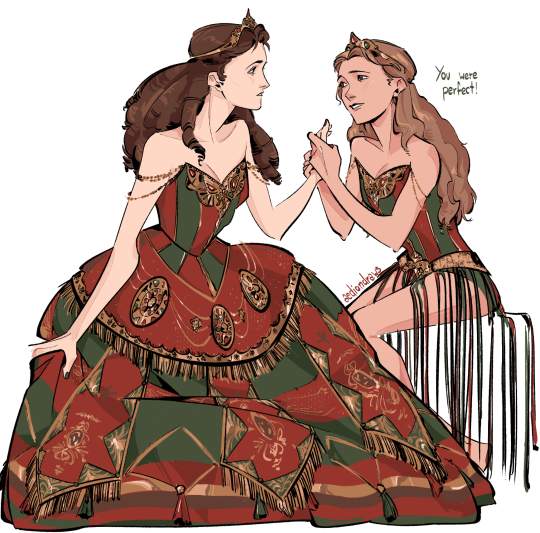


2K notes
·
View notes
Photo

L'Elegance Parisienne April, 1875 Volume 49, Plate 101 Signed: E. Mille (530)
Digital Collections of the Los Angeles Public Library
133 notes
·
View notes
Text
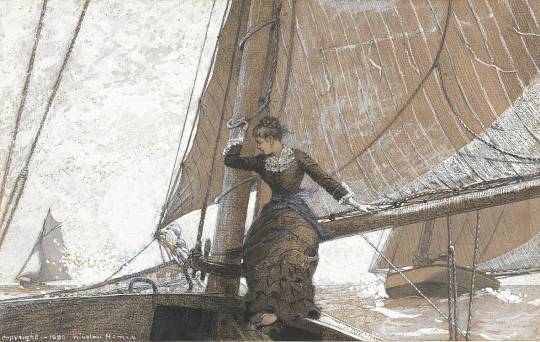
Yachting Girl, by Winslow Homer, 1880
606 notes
·
View notes
